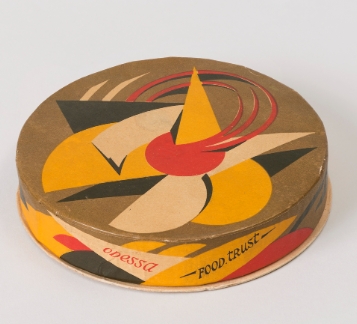As the world becomes more conscious of the environmental impact of waste and packaging materials, innovative approaches are being developed to revolutionize sustainability in the packaging industry. One such approach gaining popularity is circular packaging design.
Circular Packaging Design: What Is It?
Circular packaging design is a concept that aims to keep materials in use for as long as possible, rather than disposing of them after a single use. This approach involves designing packaging materials and products in a way that allows them to be easily recycled, reused, or repurposed.
Advantages of Circular Packaging Design
1. Reduce Waste: By creating packaging materials that can be easily recycled or reused, circular packaging design helps to reduce the amount of waste generated from single-use packaging.
2. Conservation of Resources: Circular packaging design helps to conserve valuable resources by keeping materials in circulation for longer periods of time.
3. Cost-Effective: In the long run, circular packaging design can help businesses save money by reducing the need for new packaging materials and minimizing waste disposal costs.
Examples of Circular Packaging Design
1. Reusable Packaging: Many companies are opting for reusable packaging solutions, such as refillable containers or packaging made from materials that can be easily cleaned and reused.
2. Biodegradable Materials: Some companies are using biodegradable materials, such as compostable plastics or plant-based packaging, to create packaging that can be easily recycled or broken down in the environment.
3. Material Innovation: Advances in material science have led to the development of new materials that are both sustainable and durable, allowing for the creation of packaging that can be easily recycled or repurposed.
The Future of Circular Packaging Design
As consumers become more environmentally conscious, the demand for sustainable packaging solutions is expected to continue to grow. Circular packaging design offers a promising approach to addressing the environmental impact of packaging materials, and its rise is a step towards a more sustainable future for the packaging industry.

